
Osteochondrosis is a chronic disease of several parts of the spine, in which degenerative and dystrophic changes occur in the intervertebral discs. Men aged 25-60 years suffer from this disease more often. The disease is typical in both young and old. Women get sick less often and their symptoms are not as obvious. In the early stages of the disease, it is possible to achieve a stable remission and be free from pain and discomfort for many years.
What are the types of osteochondrosis by location
The classification of spinal osteochondrosis has several forms and criteria. They differ in location of the affected section and severity. All types of osteochondrosis are pathologies full of destructive changes in cartilage and connective tissue.
The most common and understandable for a simple layman, far from medicine, the classification is according to the location of the lesion:
- Cervical osteochondrosis - is characterized by occipital, cervical, and interscapular pain syndromes. In the last decade, this disease has been increasingly diagnosed in young people.
- Osteochondrosis of the thoracic spine is very rare as it has more discs than cervical and lumbar combined, the discs are smaller and thinner. Part of the load is supported by the ribs. Therefore, in the intervertebral discs of the thoracic spine, degenerative and dystrophic changes rarely occur.
- Lumbar osteochondrosis often occurs in sedentary and sedentary people over forty years of age. It is characterized by severe back pain, compression of the nerves and arteries of Organs abdominal organs, and many concomitant diagnoses of internal organs.
Stages of the disease
Depending on the flow rate, the degree of degenerative changes, the manifestation of symptoms, four stages of the disease can be distinguished:
Occurrence causes
Osteochondrosis brings a lot of suffering, worsens quality of life, can lead to total or partial immobilization of the patient and disability. What are the reasons for the appearance of this disease? They are as follows:
- Sedentary lifestyle, static sitting or lying in one position. Muscles atrophy, vertebrae wear away cartilage and the discs between them. This process can take years, but it will inevitably lead to osteochondrosis.
- Modern young men and women go to the gym and perform barbell and dumbbell exercises, the inadequate performance of which leads to chronic spinal diseases. For example, the wrong technique of performing the "squat with a barbell" exercise has introduced surgeons and orthopedists to tens of thousands of young patients with acute-stage osteochondrosis and scoliosis.
- People who, due to their professional activities, have to sit at a table in one position for many hours at a time are also at risk. According to WHO statistics, office workers make up the majority of patients with osteochondrosis.
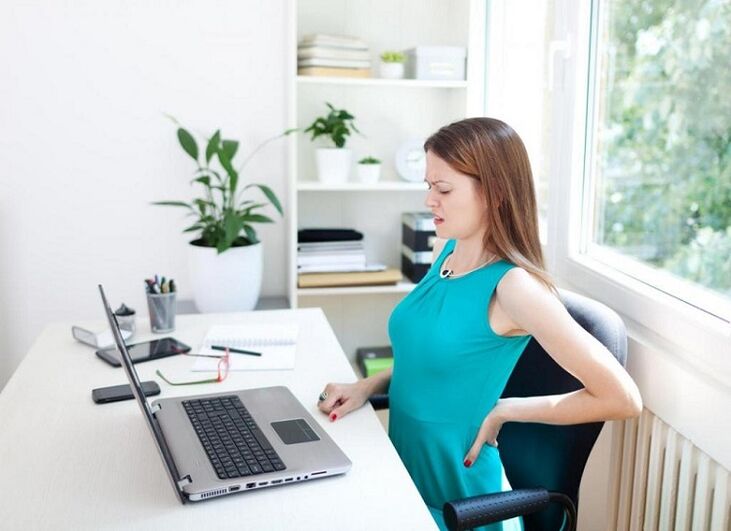
The main symptoms of cervical osteochondrosis
The vertebrae in the cervical spine gradually lose fluid and become fragile. As a result of this process, veins and arteries are compressed. The nutrition of the brain is interrupted and, consequently, the death of its cells. Cervical osteochondrosis has the maximum negative effect on the part of the brain responsible for cardiac muscle activity. Often, the optic or auditory nerve is compressed, resulting in vision loss and hearing impairment.
Types of cervical osteochondrosis:
- radicular, or so-called "cervical radiculitis" - is mainly characterized by severe pain in the occiput, neck, head;
- irritative reflex - discomfort in the chest, back, numbness of the fingers;
- which is characterized by symptoms of cardiovascular disease.
Only an orthopedic surgeon or surgeon can make an accurate diagnosis. Regardless of the type of cervical osteochondrosis, treatment will be nearly identical.
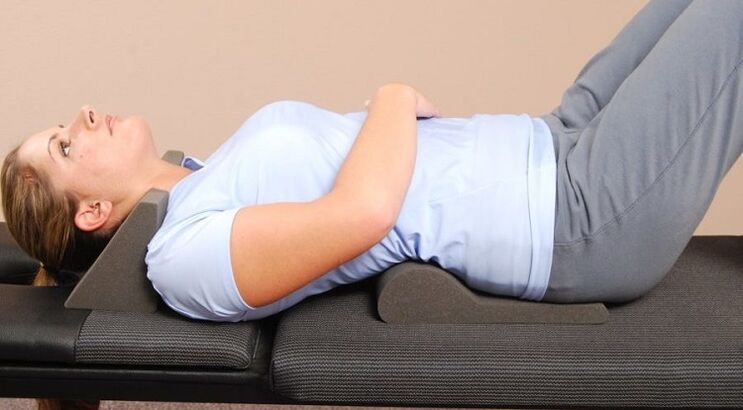
The main symptoms of osteochondrosis of the thoracic spine
The rarest type of disease. Symptoms of osteochondrosis of the thoracic spine are characteristic of many other diseases. An inexperienced physician can often diagnose arrhythmias, angina pectoris, cardiomyopathy (pending ECG results), pancreatitis, or even gastritis. Only an experienced orthopedic surgeon or spinal surgeon can provide accurate information about the type of thoracic osteochondrosis.
With a pronounced pathological process, there is an interruption in the functioning of parts of the spinal cord. The main signs of osteochondrosis of the thoracic spine:
- Dorsago - Sharp, unbearable pain in the chest, feeling short of breath, it seems to the patient that he is suffocating or that the heart rhythm is out of order.
- Back pain - the patient feels less discomfort than with the back. The pain is less pronounced and radiates to the hands, fingers (so doctors often confuse symptoms with diseases of the cardiovascular system).
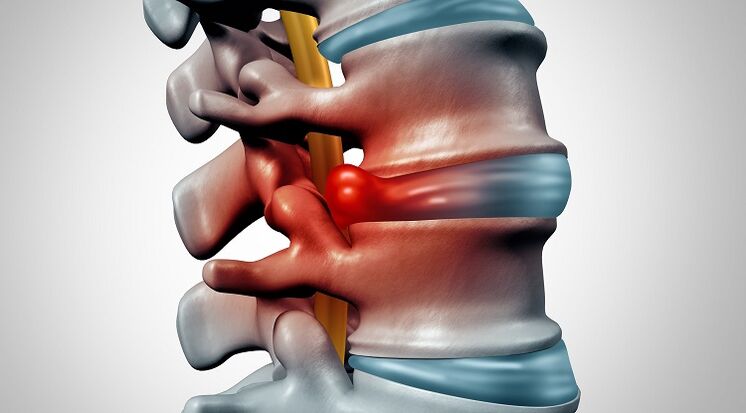
Symptoms and consequences of osteochondrosis of the lumbar spine
The most common type of osteochondrosis is the lumbar spine. This is due to the fact that it is the lower back that suffers the most stress in the process of daily life.
In the first stage, the main symptom is a slight stretch in the lower back. People rarely care about these mild illnesses. As the intervertebral discs wear out, the negative symptoms also increase. In particular, the patient is no longer able to lie down or sit in one position for a long time due to pain.
In the third or fourth stage of osteochondrosis of the lumbar spine, there are:
- lumbago - acute and sudden pain, the result of which may be partial immobilization of the patient;
- sciatica - unilateral compression of the sciatic nerve;
- sciatica - compression of nerve endings in the lumbar spine;
- weakness of the lower extremities, muscle atrophy, venous congestion, impaired sexual function, and work of Organs abdominal and pelvic organs are also frequently observed;
- radiculoischemia - a failure of blood circulation as a result of vascular compression.
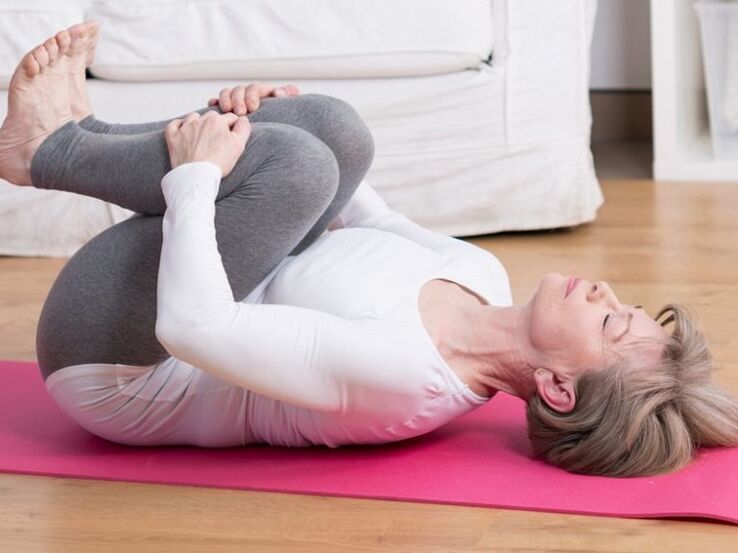
Generalized osteochondrosis
This type of disease affects not only the spine but also the joints. Most of the time, the shoulder and hip. Symptoms of generalized osteochondrosis are neurological in nature, in rare cases with internal organ damage due to impaired blood circulation.
In the hip joint, the disease manifests as changes in the cartilage tissue, drying out the interarticular fluid. Over time, the joint loses partially, and then completely, its former mobility.

Polysegmental osteochondrosis
Manifestations of the disease are not in one, but in several parts of the body. For example, there is often a combination of defeat of the third and twelfth vertebrae - in this case, osteochondrosis will be considered polysegmental.
The therapy in this case will be exactly the same as for the standard signs of cervical or thoracic osteochondrosis. Magnetotherapy and other physical therapy procedures have been shown to be excellent for exacerbating pain and discomfort due to polysegmental chondrosis. Now you know what types of spinal osteochondrosis exist.
Osteochondrosis medication
Pharmacological means to alleviate the manifestation of symptoms of osteochondrosis can be divided into the following groups:
- Anti-Inflammatory Medicines - To relieve symptoms of pain and swelling in the affected area. There are two types - nonsteroidal anti-inflammatory drugs and glucocorticosteroids.
- Analgesics.
- Muscle relaxants to relieve muscle spasm.
- Hondoprotectors - medicines to improve cartilage tissue nutrition.
- Vitamin and mineral complexes - to restore normal blood circulation and activate metabolism.
- Medicines to improve and restore impulse conduction in nerve cells.
In some cases, you may need to use diuretics to relieve swelling of the muscles and connective tissue between the vertebrae. It is strictly forbidden to prescribe medication to yourself - you can not only not cure but also aggravate the course of the disease.

Therapeutic gymnastics and physical education for osteochondrosis
Any orthopedist will confirm the importance of exercise in achieving remission in the chronic course of osteochondrosis.
What type of sport is safe for osteochondrosis? It is better to prefer swimming, stretching, Pilates, body flexion - those directions where there is no sudden movement. Traumatic martial arts and weightlifting sports with osteochondrosis are prohibited. The patient must not work with a weight greater than five kilos.
Don't underestimate the benefits of daily morning exercise. It should not be done on a case-by-case basis, but on a continuous basis. Only in this case will there be benefits for the spine. Simple hand swings, "mill", "bicycle" - exercises familiar to everyone from childhood, help to stretch the back and relieve pain. All movements must be performed as smoothly and precisely as possible to avoid injury.
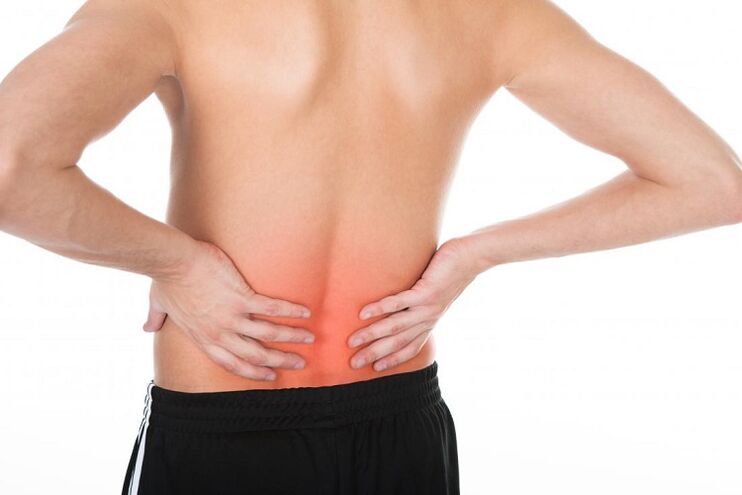
Office workers should step away from the computer once an hour and warm up for five minutes. This will serve as an excellent prevention and treatment of existing osteochondrosis.
Massage and manual therapy
Of all the types of treatment for osteochondrosis, this is the most pleasant. A lot depends on the choice of an expert - both the result and the feeling. Types of massage for osteochondrosis - classic, acupressure, canned, hardware, honey.
With manual therapy, the situation is more complicated. First, this procedure is painful: manualists' patients often cannot contain a cry of pain during spinal manipulations. Second, if the chiropractor is inexperienced, this procedure can be dangerous. Choose specialists with good patient ratings, a real degree and extensive therapeutic experience.

























